



About Us
About Us
The world is our lab. At the MIT Media Lab, our aim is to influence and improve human lives. The proliferation of mobile devices and wide connectivity, as well as the availability and growth of machine learning, crowdsourcing, Big Data, and the Internet of Things offer new possibilities for research and development. In both developed and Emerging Worlds, there is a great opportunity for game-changing innovations that will impact billions.
With DOPS and DAPS, Digital Opportunities for Physical Systems and Digital Applications for Physical Systems, we can impact the physical world where we couldn't before.
We live in a very confusing world. The largest taxi services company doesn't own taxis. And the largest hospitality company in terms of market cap doesn't own hotels. The largest media company doesn't own media. And billions of people are becoming digital. There are many possibilities for new solutions in health, education, transport, agriculture, food, hospitality, and finance.
We recruit mentors from the MIT community, corporate executives, local academics, and government officials. MIT Media Lab researchers work closely with local innovators, and communicate throughout the year to develop more robust solutions to empower local citizens.
We offer an economical way for our collaborators to evolve their strategies and increase their odds of success. It's truly a living lab.

History
History
Sparks flew when Professor Ramesh Raskar met Sunil Khandbahale met for the first time at the INK Conference in India in October 2013. They both shared the same vision of leveraging human capital to give back to their mutual home town of Nashik, India. Together, they brought energy, smarts, knowledge of the community and its challenges, and the skills to bring people together and to create a new innovation culture. They launched the Kumbhathon to do just that. And the Kumbh Mela in August/September 2015 provided the first big test. They surpassed expectations.
In July 2013, Prof. Ramesh Raskar of the MIT Media Lab brought his first team to Hyderabad, India to run a week-long innovation camp or "buildathon." In January 2014 Mumbai, India was the second city where the team ran a buildathon. Inspired through brainstorming about social challenges and how local human capital could solve them, in July 2014 the team ran its first Kumbhathon or buildathon in Ramesh’s hometown of Nashik, India. Thus, the year-round innovation platform was born.

Learn about the inspiration and beginnings of this initiative from INK 2014 in Mumbai, India. MIT Media Lab's Ramesh Raskar and collaborators have stirred up communities in his hometown, Nashik, to work together on tech-centric solutions for the 2015 Kumbh Mela. INK Fellow Sunil Khandbahale and other innovators from the initiative join Raskar on stage to share some of their ingenious tech solutions to the challenges presented by this gathering of over 30 million people.
Since its beginning, the Emerging Worlds initiative has been deployed in Mumbai, Hyderabad and Nashik, all with permanent centers established. Collaborative efforts are also underway in Mexico, Slovakia and Brazil.

Team
Passion and experience
Team
Passion and experience
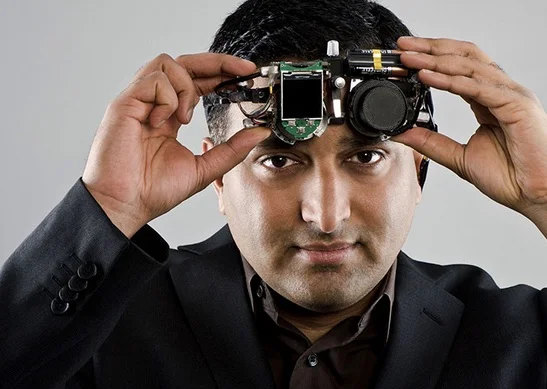





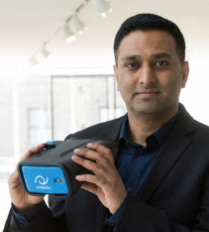
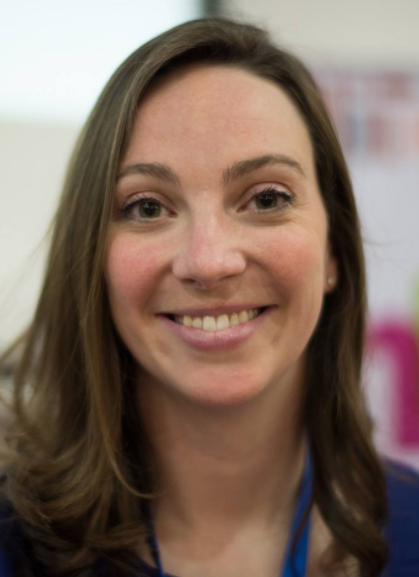
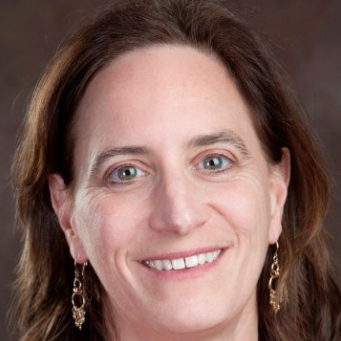
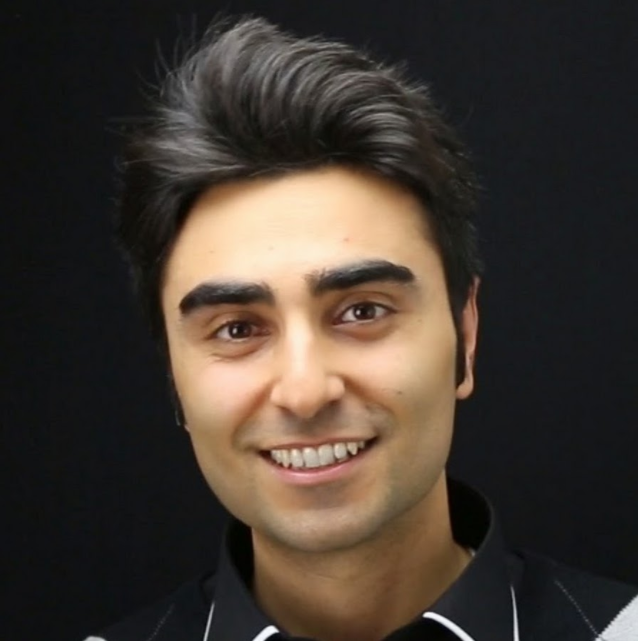
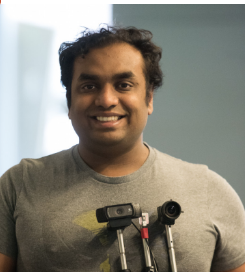
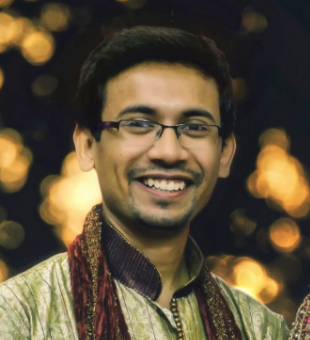
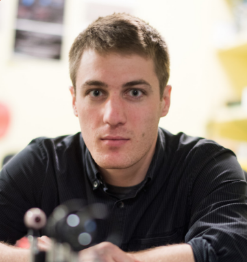

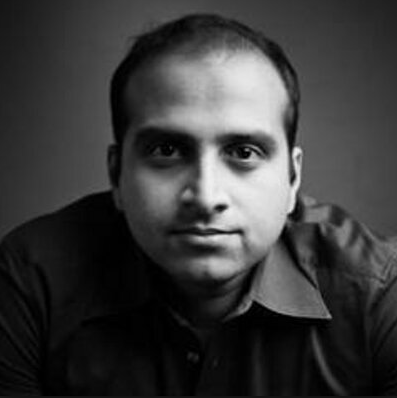
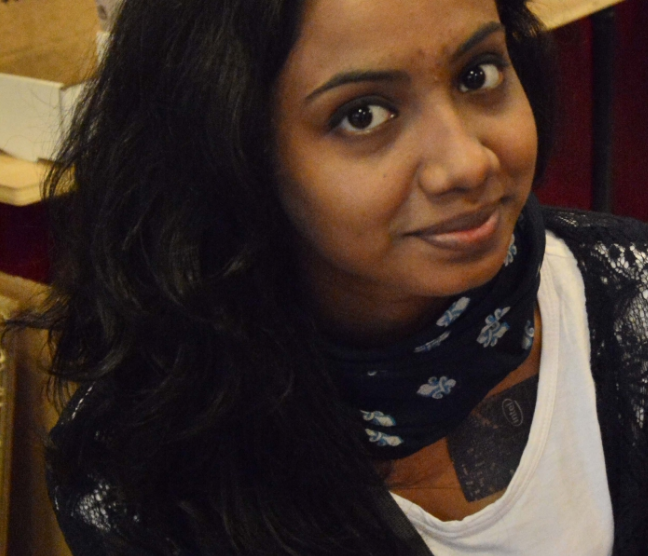
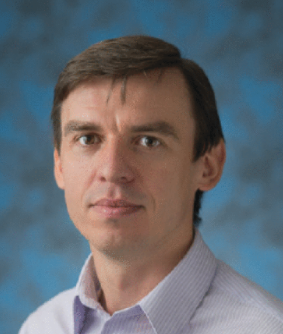
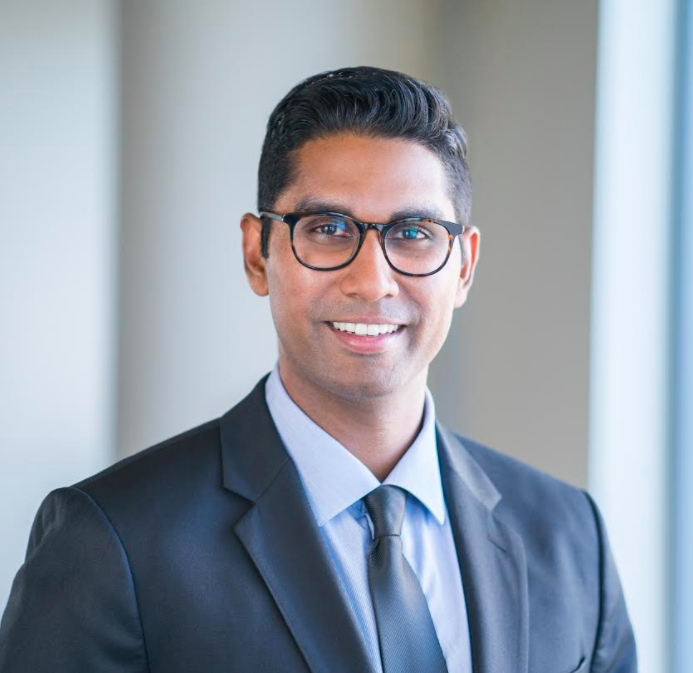
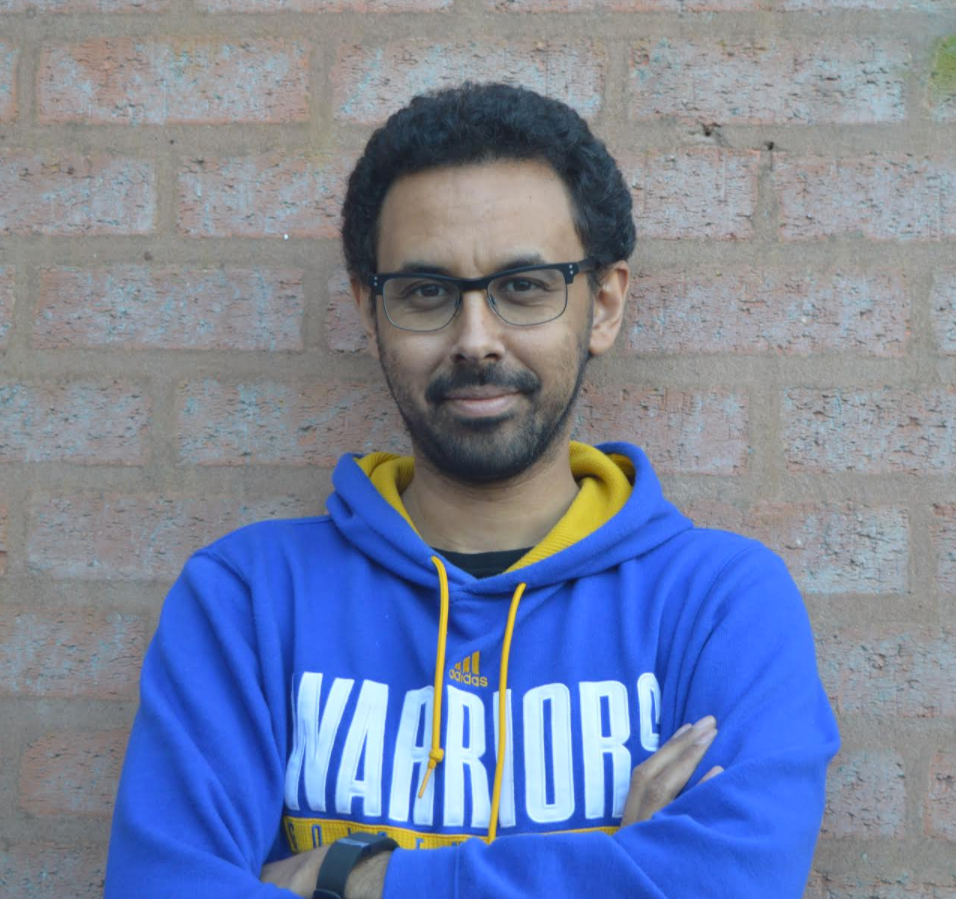
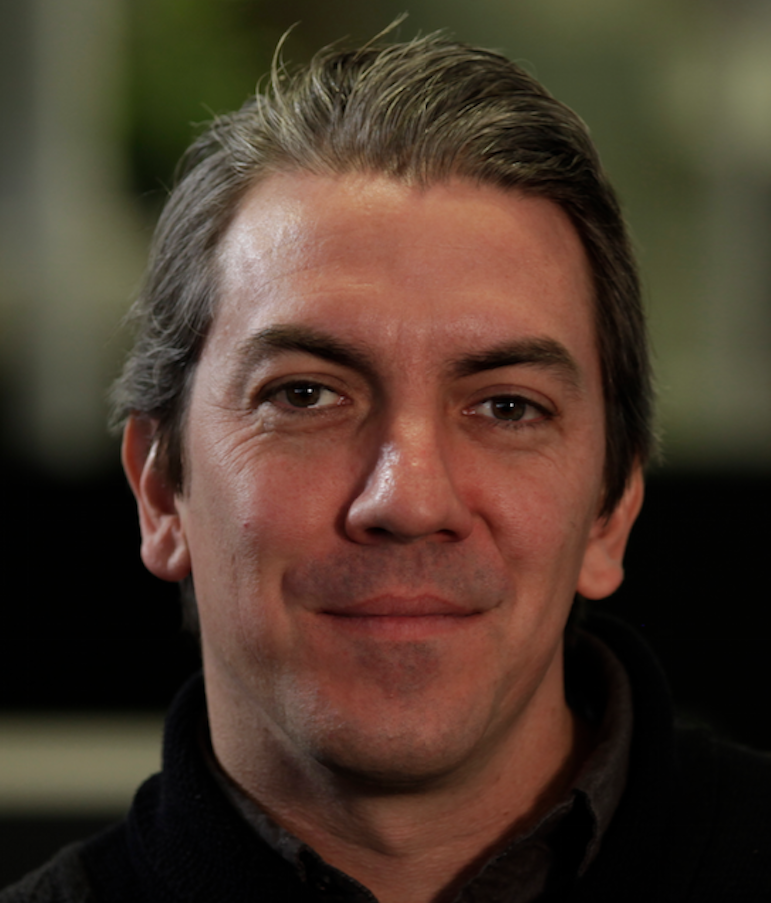
MIT Media Lab researchers work closely with local innovators during buildathons, and many continue to communicate throughout the year -- in order to develop more robust solutions to empower local citizens, especially for eye health, health diagnostics, and pop-up cities. Mentors are MIT scientists, corporate members and business professionals, government officials, academics, and other stakeholders from the community. The strong mentor network is key to the success of the innovators and their solutions.